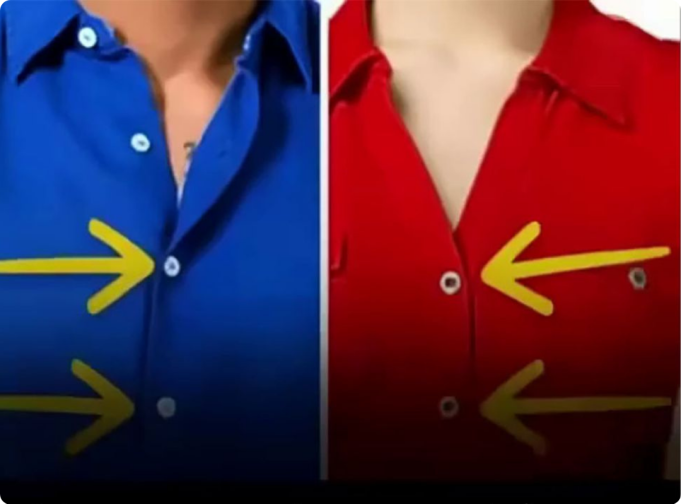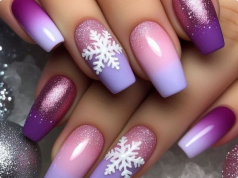At first glance, it’s a tiny design quirk: men’s shirts button from left to right, while women’s buttons are reversed. But this small detail holds a surprising history—one that weaves together class, convenience, and centuries-old social norms.
So why are women’s buttons on the left? The answer lies not in fashion whims, but in the structured world of 18th- and 19th-century aristocracy—and it reveals how clothing was never just about the wearer.
The Practical Origins: Dressing the Elite
In the 1700s and 1800s, clothing was a clear marker of social status. For wealthy women, getting dressed was not a solo act—it was a ritual involving layers of garments, corsets, and intricate fastenings. Most upper-class women were assisted by maids or lady’s companions, many of whom were right-handed.
To make dressing easier for these attendants, dressmakers placed the buttons on the left side of women’s clothing. This meant a right-handed maid could smoothly fasten the buttons with her dominant hand while facing her employer—just like driving on the opposite side of the road.
In essence, the design wasn’t made for the woman wearing the garment—
it was made for the person dressing her.
This practical solution became standard practice among high-society fashion houses. Over time, even as women began dressing themselves, the tradition stuck. What began as a functional choice for servants evolved into an enduring norm across women’s fashion.
A Symbol of Status and Femininity
Beyond practicality, the reversed button placement subtly reinforced gender roles and class distinctions. Men’s clothing—designed for independence—was built for self-dressing. Their right-over-left closure mirrored their autonomy.
Women’s clothing, however, reflected a life of leisure and privilege. If you needed help dressing, you clearly didn’t need to work. The left-side buttons quietly signaled wealth, femininity, and dependence—a sartorial reminder of societal expectations.
Even today, long after most women dress themselves, the tradition persists. It’s a quiet echo of a time when fashion was shaped not by personal comfort, but by hierarchy and service.
Why Men’s Buttons Are on the Right
Men’s buttons, in contrast, have long been positioned for self-reliance. Historically, men dressed themselves—and often needed quick access to weapons. With swords typically worn on the left hip, a right-handed man could draw his blade faster if his coat opened from right to left, minimizing fabric snagging.
Military uniforms and later business attire followed suit, cementing the right-side closure as the masculine standard.
Does It Still Matter Today?
In modern times, the difference may seem outdated—or even frustrating. Many women find left-side buttons awkward when dressing themselves, especially in children’s clothing where consistency would be simpler.
Yet, the tradition endures in everything from blouses and coats to high-end couture. Some designers have challenged the norm, but most stick to convention, proving how deeply ingrained these small details can become.
Interestingly, babies’ clothes often feature symmetrical or center closures—perhaps a sign that future generations might finally break free from this centuries-old divide.
A Tiny Detail, A Big History
That little button on the left isn’t just a quirk of fashion—it’s a historical artifact. It tells a story of class divides, domestic labor, and the subtle ways gender roles are stitched into everyday life.
Next time you fasten your shirt, pause for a second. That simple motion connects you to centuries of tradition, craftsmanship, and social change—all hidden in plain sight.
And remember: sometimes, the smallest details carry the biggest stories.










